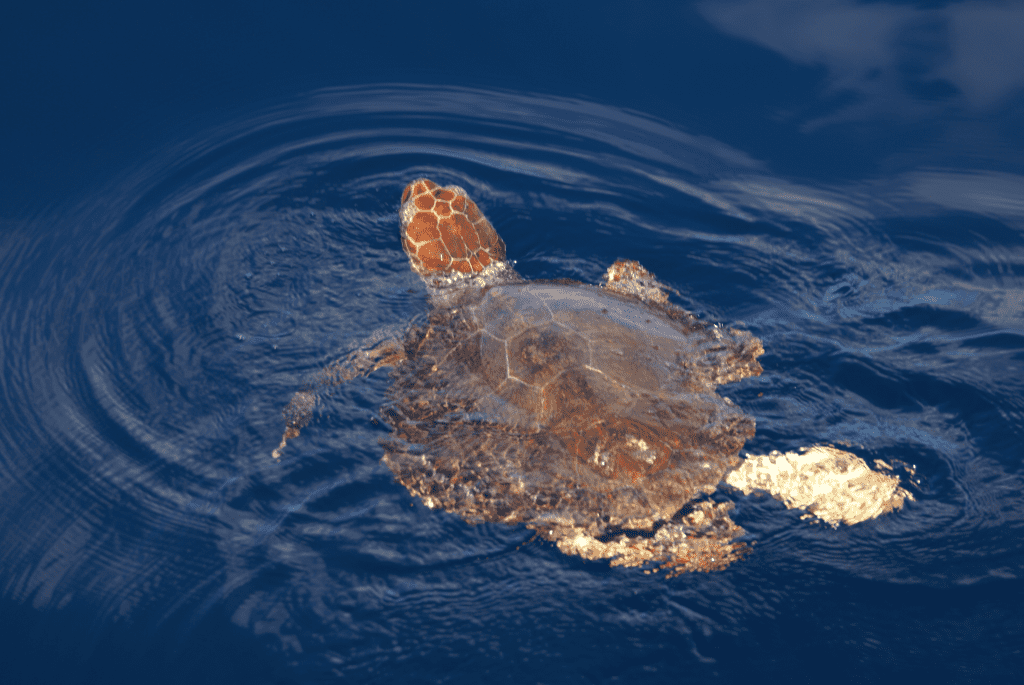The Sea Turtles of the Northwest of the Island of La Palma

The Sea Turtles of the Northwest of the Island of La Palma
The island of La Palma is home to an impressive diversity of marine life, including the majestic sea turtles. These fascinating creatures play a crucial role in marine ecosystems, but unfortunately, many of the sea turtle species are endangered due to various threats. In this post, we will explore the species of sea turtles that are usually seen in the northwest of La Palma and we will analyze their current conservation status, as well as the good practices that must be followed to protect them.
Sea Turtle Species in the Northwest of La Palma: In the waters surrounding La Palma, four main species of sea turtles can be seen: the green turtle (Chelonia mydas), the loggerhead turtle (Caretta caretta), the leatherback turtle (Dermochelys coriacea) and the hawksbill turtle (Eretmochelys imbricata). Each of these species has distinctive characteristics and plays an important role in the marine ecosystem.
Conservation Status: Unfortunately, all these species of sea turtles are in danger of extinction, due to multiple threats both in the marine environment and on land. Degradation of coastal habitats, bycatch, ocean pollution, climate change, and poaching are some of the main threats facing these turtles today.
Good Practices for the Conservation of Sea Turtles: The conservation of sea turtles requires coordinated efforts both locally and globally. Here are some good practices that must be carried out to preserve these species in the northwest of La Palma:
- Protection of nesting areas: Identifying and protecting the beaches where sea turtles lay their eggs is crucial to guarantee the survival of the hatchlings. Establishing protected nesting areas and promoting awareness of their importance among the local community are essential measures.
- Bycatch Reduction: Implementing selective fishing techniques and devices, such as escape nets for sea turtles, can help reduce bycatch of these species during commercial fishing.
- Waste and pollution management: Encouraging the reduction, reuse and recycling of waste, as well as promoting responsible fishing and navigation practices, are essential actions to minimize pollution of the oceans and protect sea turtles from the associated dangers.
- Education and awareness: Promote educational programs in local communities, as well as awareness campaigns on the importance of sea turtles
